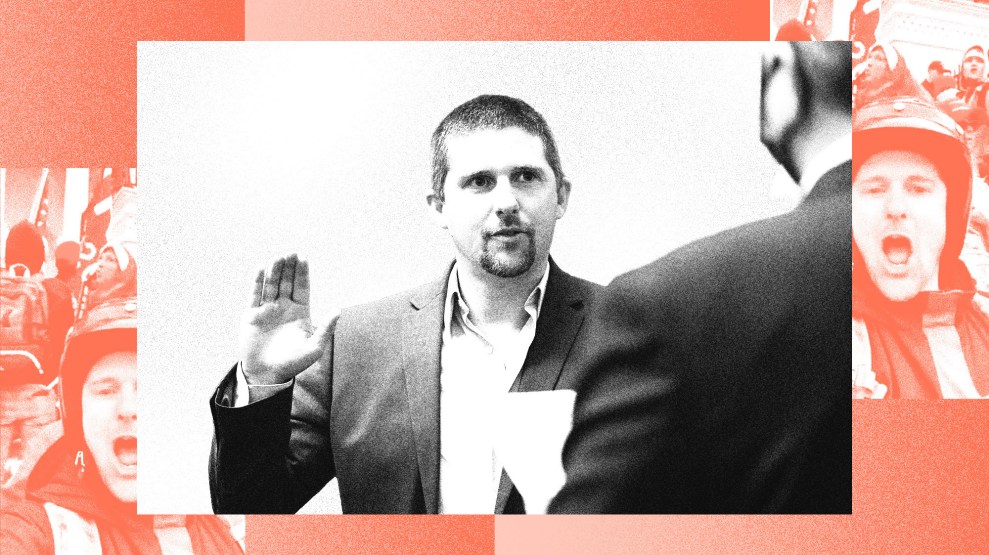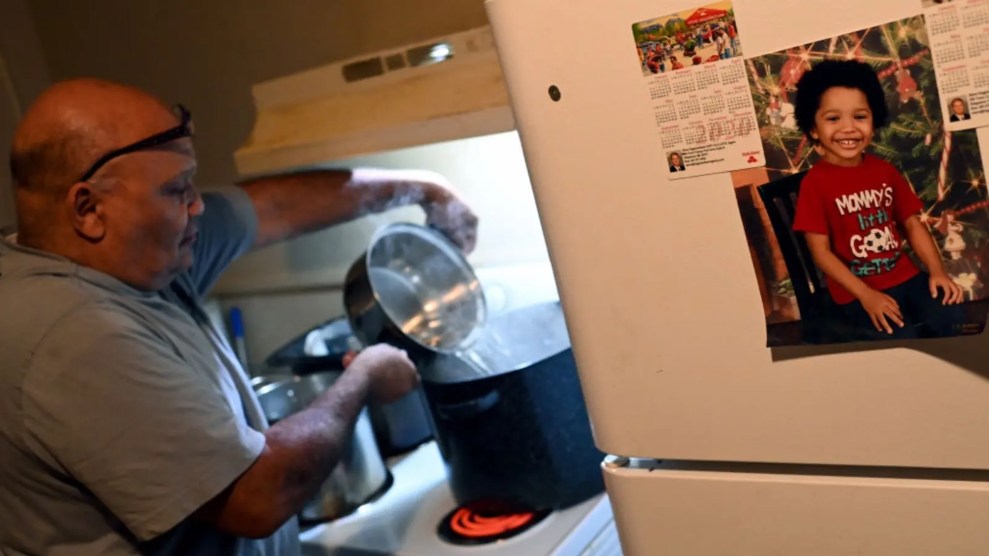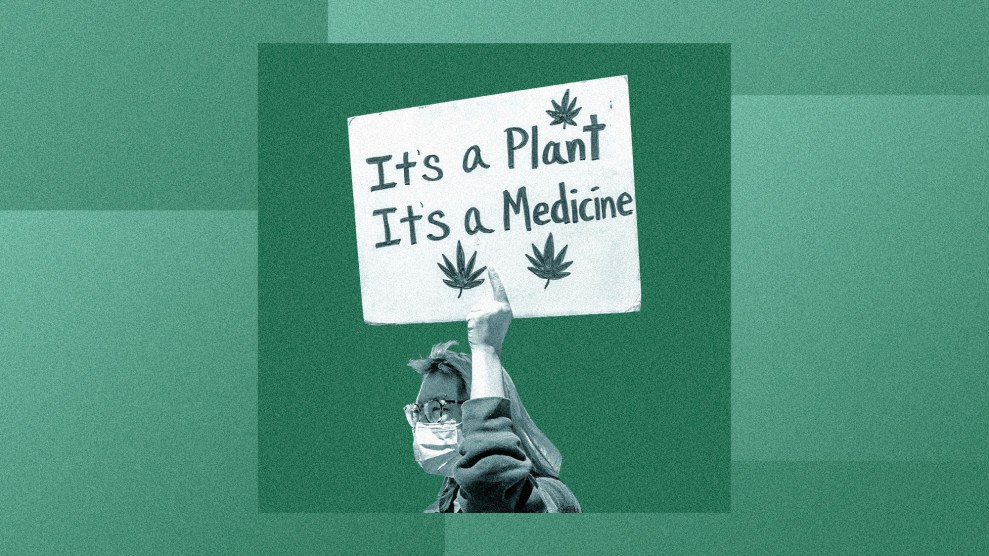Jus a quick note before I move on to another subject this morning. A fair number of comments to my list of predictions yesterday suggested that it made for pretty depressing reading. But I suspect that might have been due to my tone more than the actual content of the predictions themselves. There’s a bit of fuzziness here, but here’s how I’d classify them:
- Basically positive: 1, 2, 5, 9, 11, 13
- Neutral-ish: 4, 8, 10, 14
- Basically negative: 3, 6, 7, 12, 15, 16
Obviously there’s room for debate here. For example, I count the development of artificial intelligence (#1) as a positive development, but I do concede that it will either “transform or destroy” the world. (The case for destroying the world is here.) On the neutralish side, you might think that super social media (#8) sounds great, not neutral, and if you’re Russian or Chinese you won’t think much of #14. On the negative side, the stagnation of manned space travel (#12) might strike you as a yawn, and although any kind of biological attack is bad (#16), I pretty much think we’ll be able to contain this threat.
In any case, you can argue about my categories. Still, I think by any fair measure I ended up with a roughly an even mix of good and bad, and that’s just the way the world is. If you made a similar list for 1900-1950 but did it in hindsight, you’d get electrification, mass-produced cars, and penicillin, but you’d also get the Great Depression, two massive world wars, the start of the Cold War, and the invention of nuclear bombs. It was hardly all roses.
I suspect that for most of us alive today, our attitudes are skewed by growing up in the period from 1950-2000. But this is the anomaly: obviously there was some bad stuff during this era, but the good far outweighed it. On a broad scale, it was almost certainly the most progressive and innovative half-century in human history. After all, we might have been bristling with nuclear weapons, but we never ended up using them, did we? And we made massive material and social progress around the globe, but didn’t yet have any big worries about climate change or terrorism. In hindsight, most of our fears turned out to be modest, while our progress was unprecedented. It’s possible that the period from 2000-2050 will repeat that, but at the very least I think the dangers of the next few decades are both real and deserve consideration.
For what it’s worth, though, virtually everything hinges on two things: the development of benign artificial intelligence and the development of clean, abundant energy. If we manage those two things, the world will be bright indeed.

















